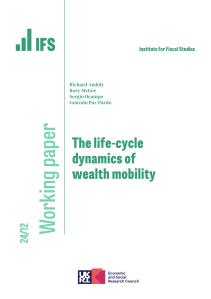Abstract
Background:
: It is not clear whether the harm associated with smoking differs by socioeconomic status. This study tests the hypothesis that smoking confers a greater mortality risk for individuals in low socioeconomic groups, using a cohort of 18 479 adults drawn from the English Longitudinal Study of Ageing. Additive hazards models were used to estimate the absolute smoking-related risk of death due to lung cancer or Chronic Obstructive Pulmonary Disease (COPD). Smoking was measured using a continuous index that incorporated the duration of smoking, intensity of smoking and the time since cessation. Attributable death rates were reported for different levels of education, occupational class, income and wealth. Smoking was associated with higher absolute mortality risk in lower socioeconomic groups for all four socioeconomic indicators. For example, smoking 20 cigarettes per day for 40 years was associated with 898 (95% CI 738, 1058) deaths due to lung cancer or COPD per 100 000 person-years among participants in the bottom income tertile, compared to 327 (95% CI 209, 445) among participants in the top tertile. Smoking is associated with greater absolute mortality risk for individuals in lower socioeconomic groups. This suggests greater public health benefits of smoking prevention or cessation in these groups.








